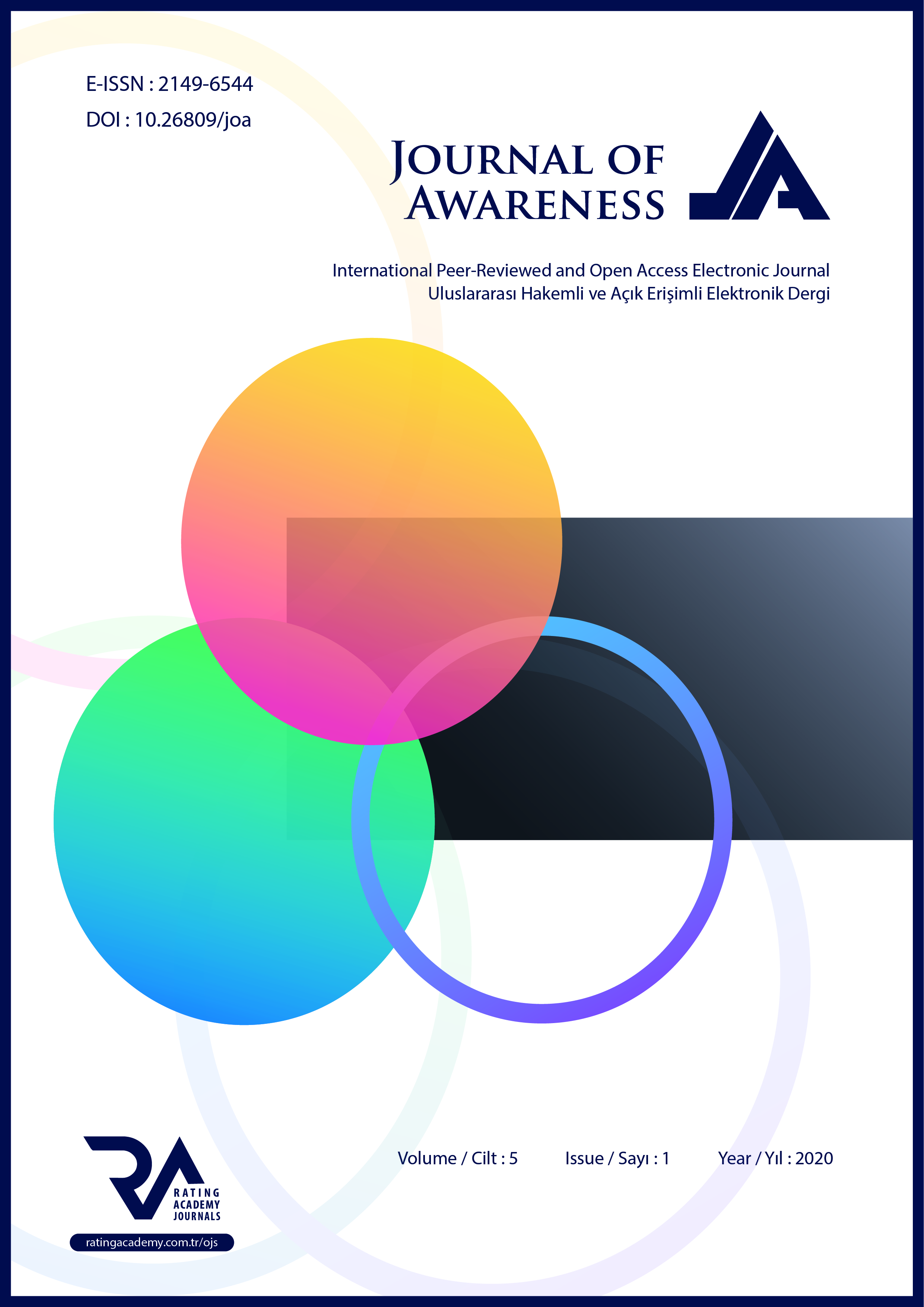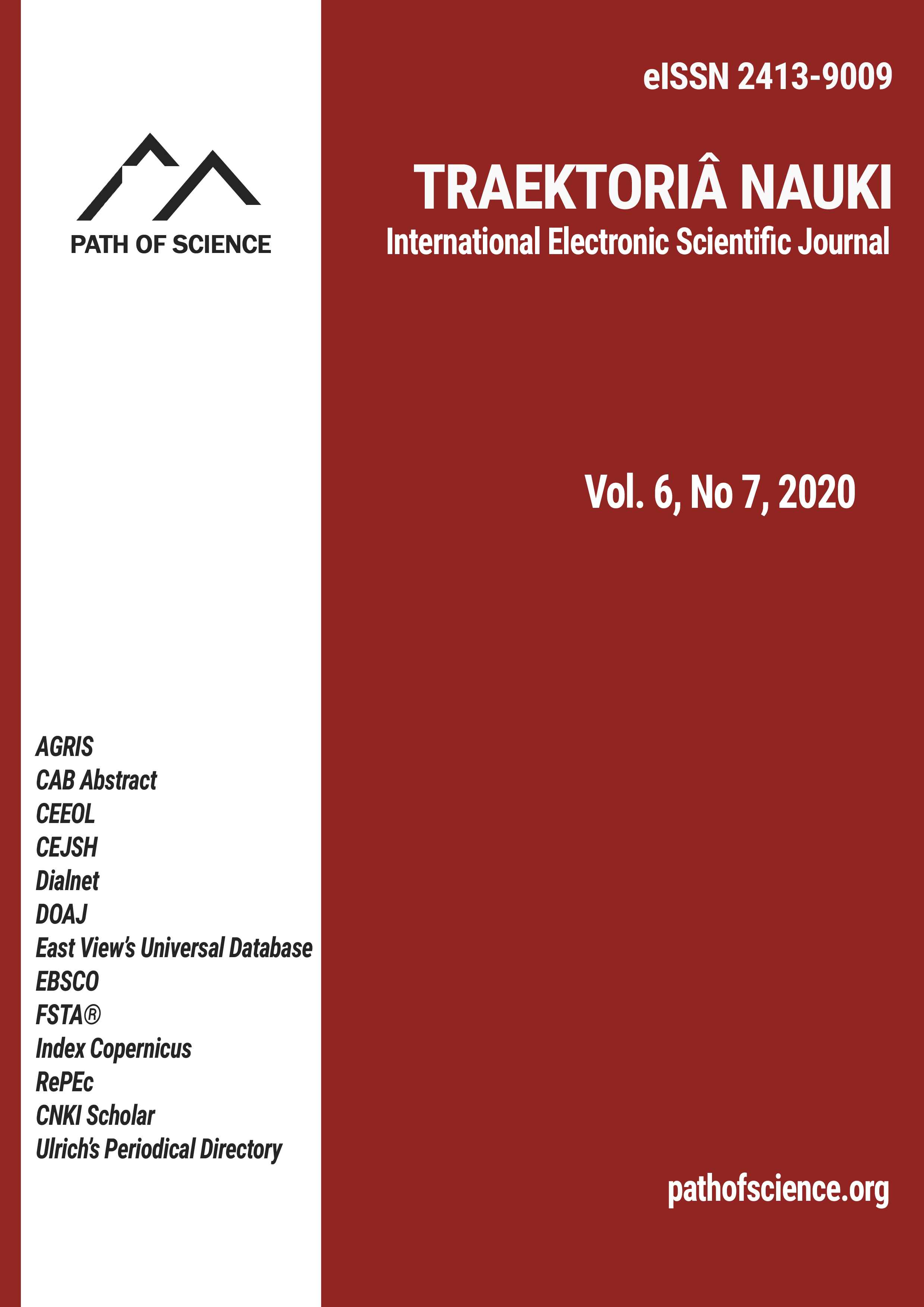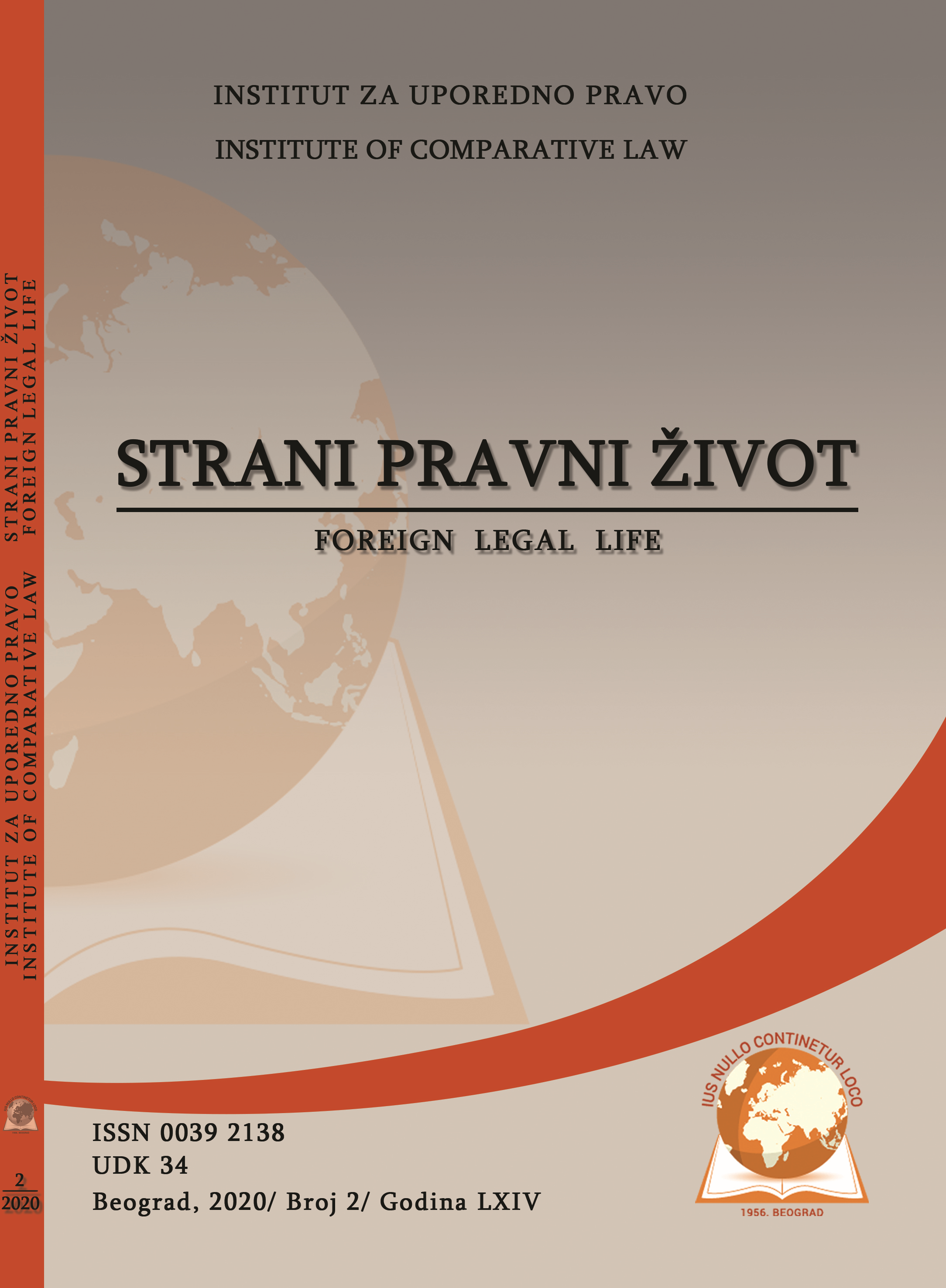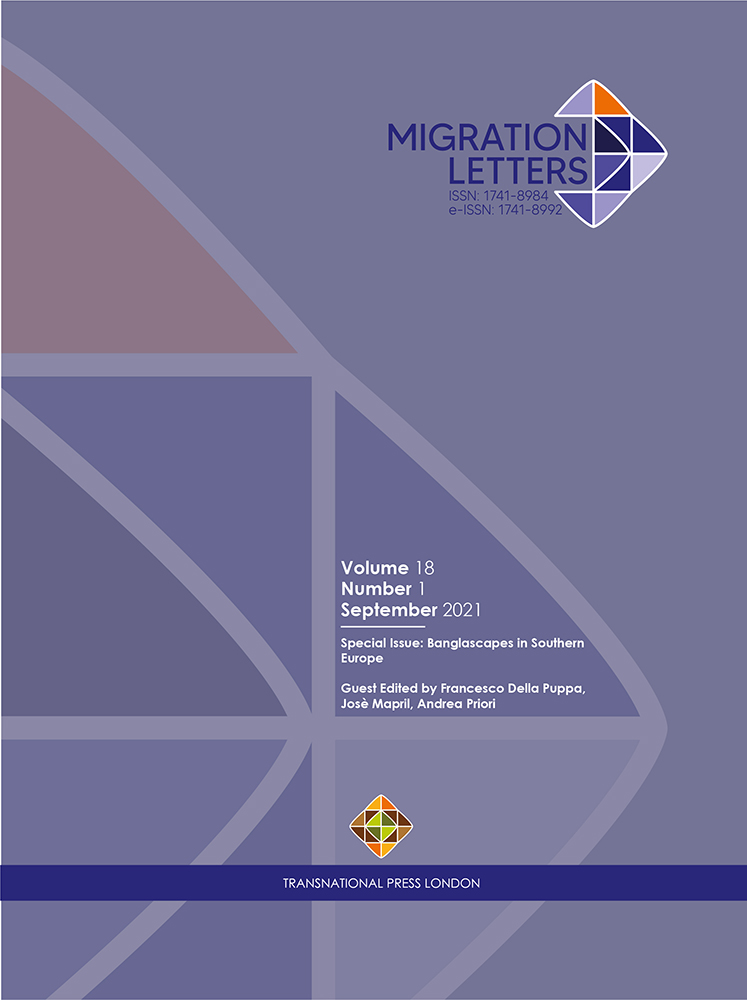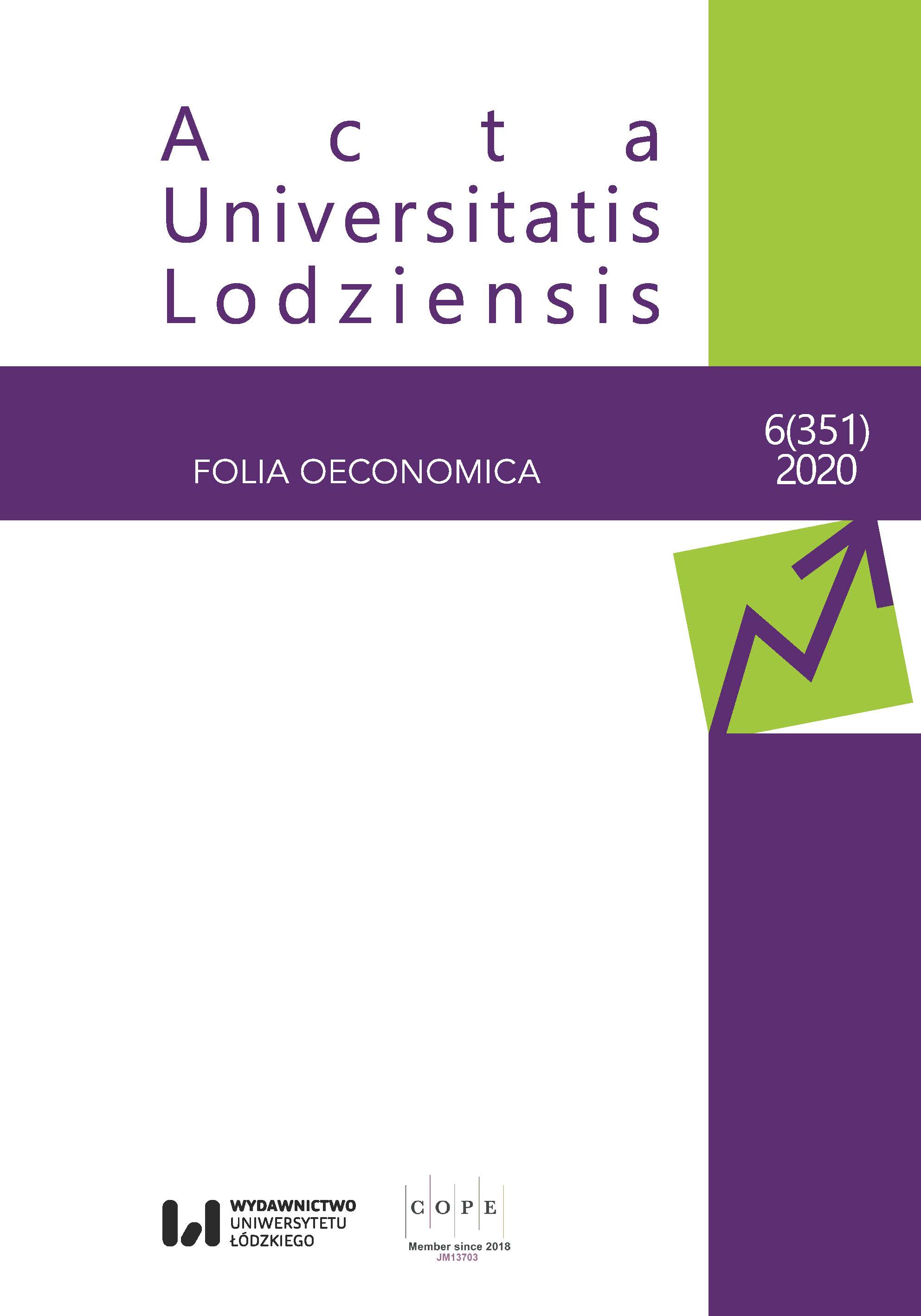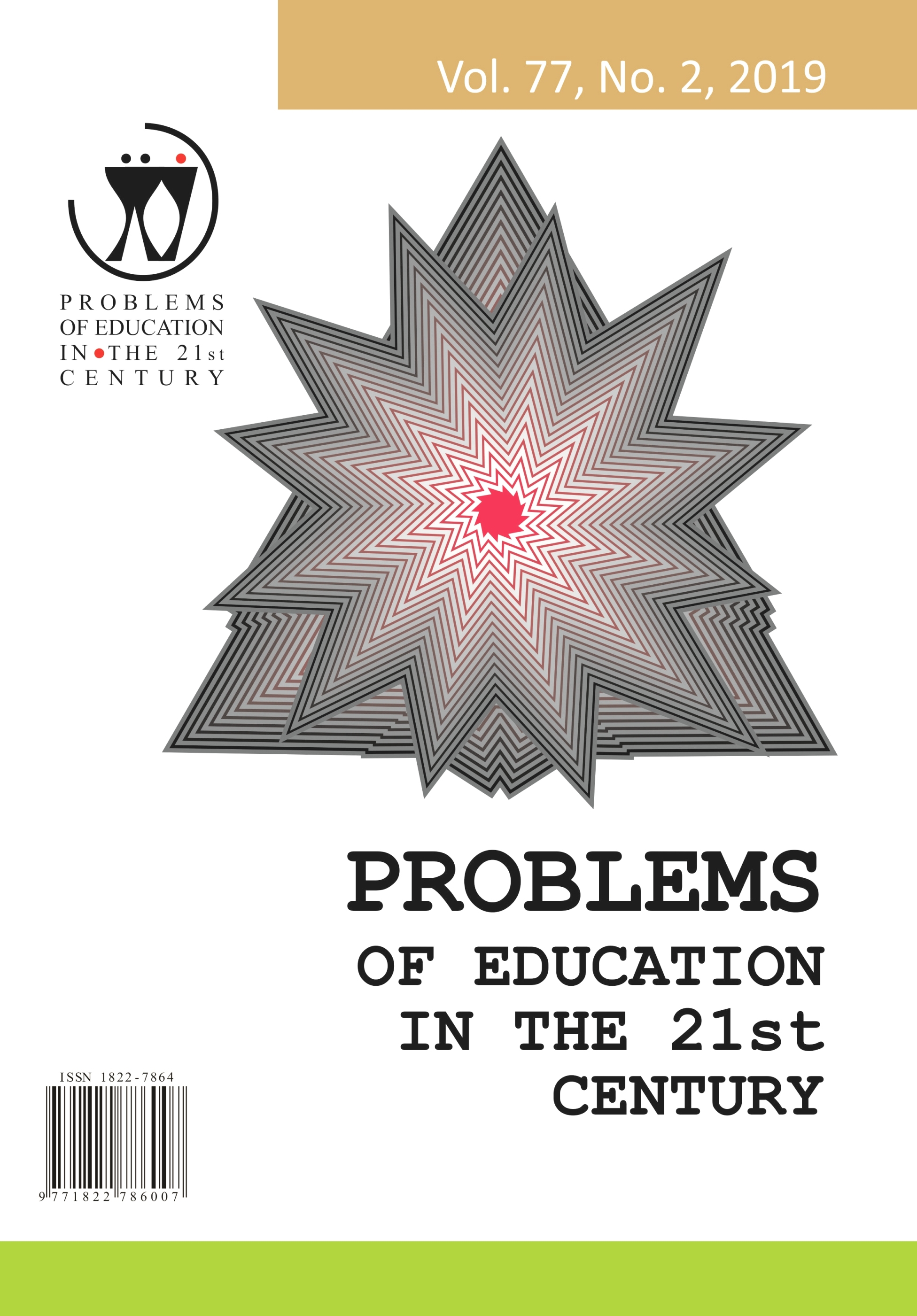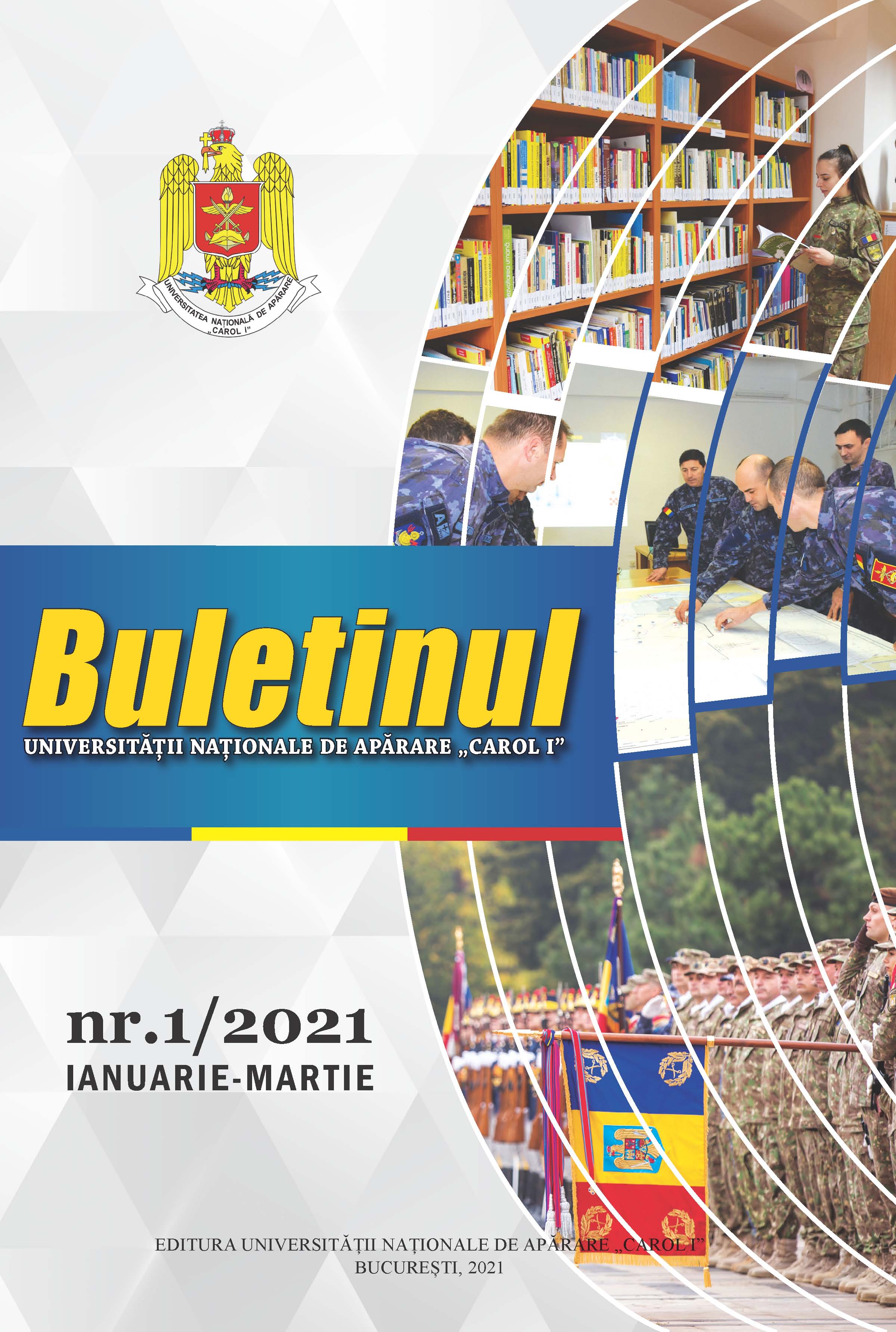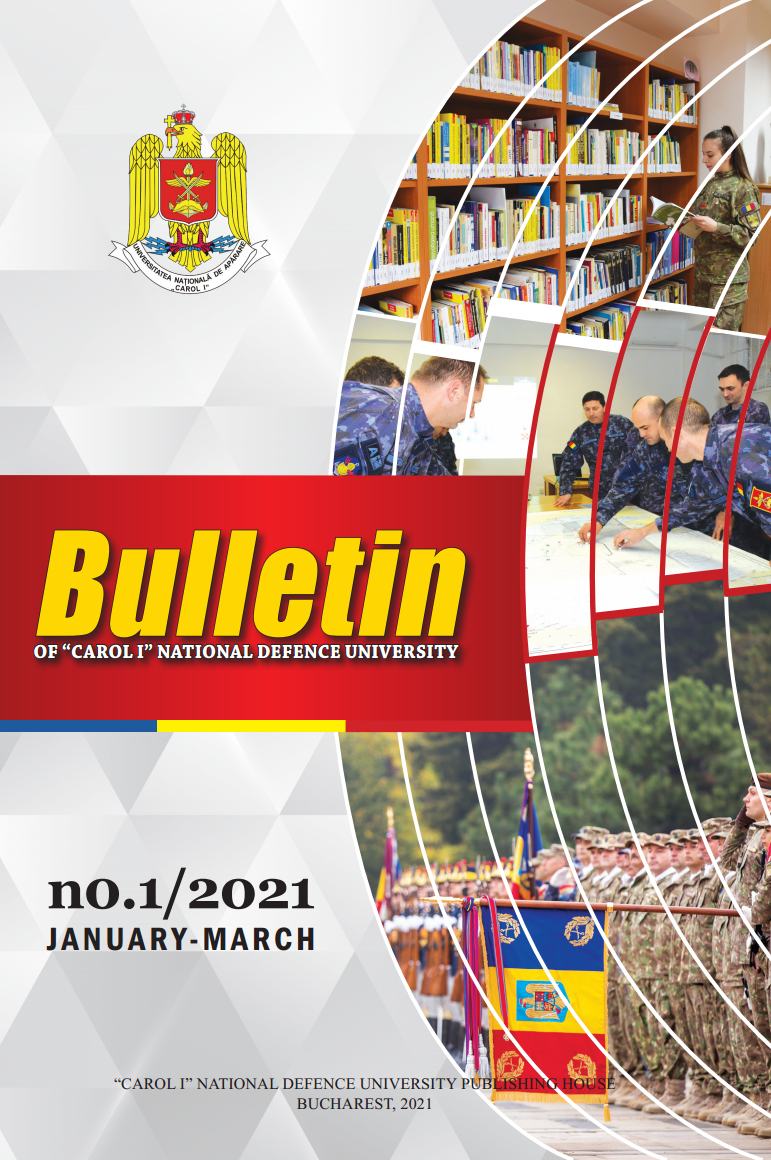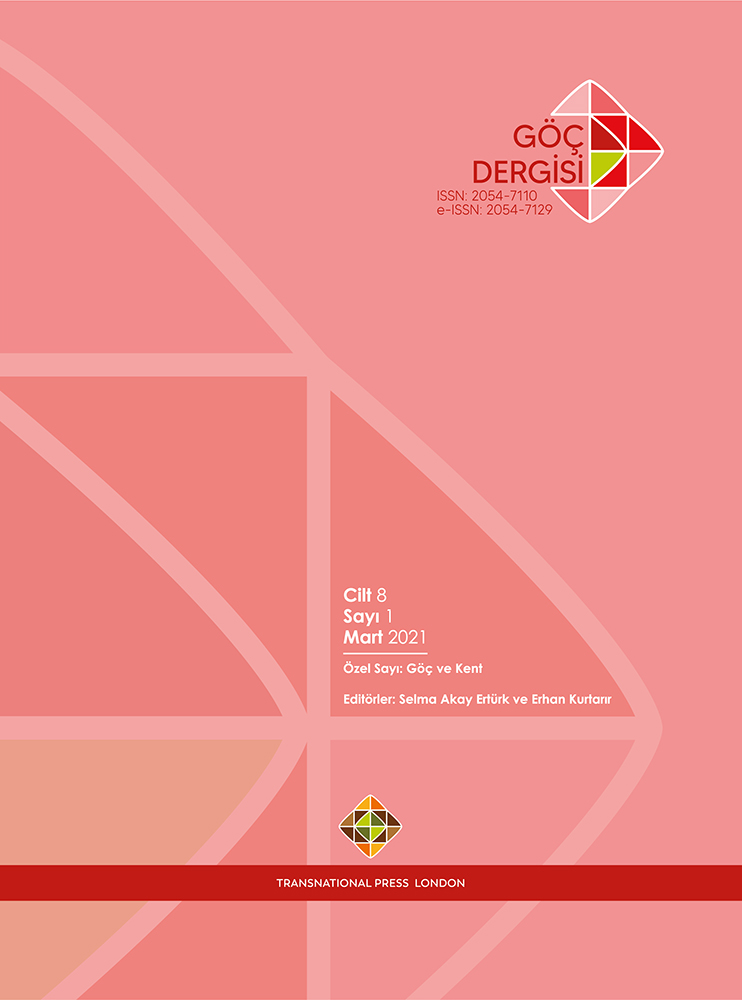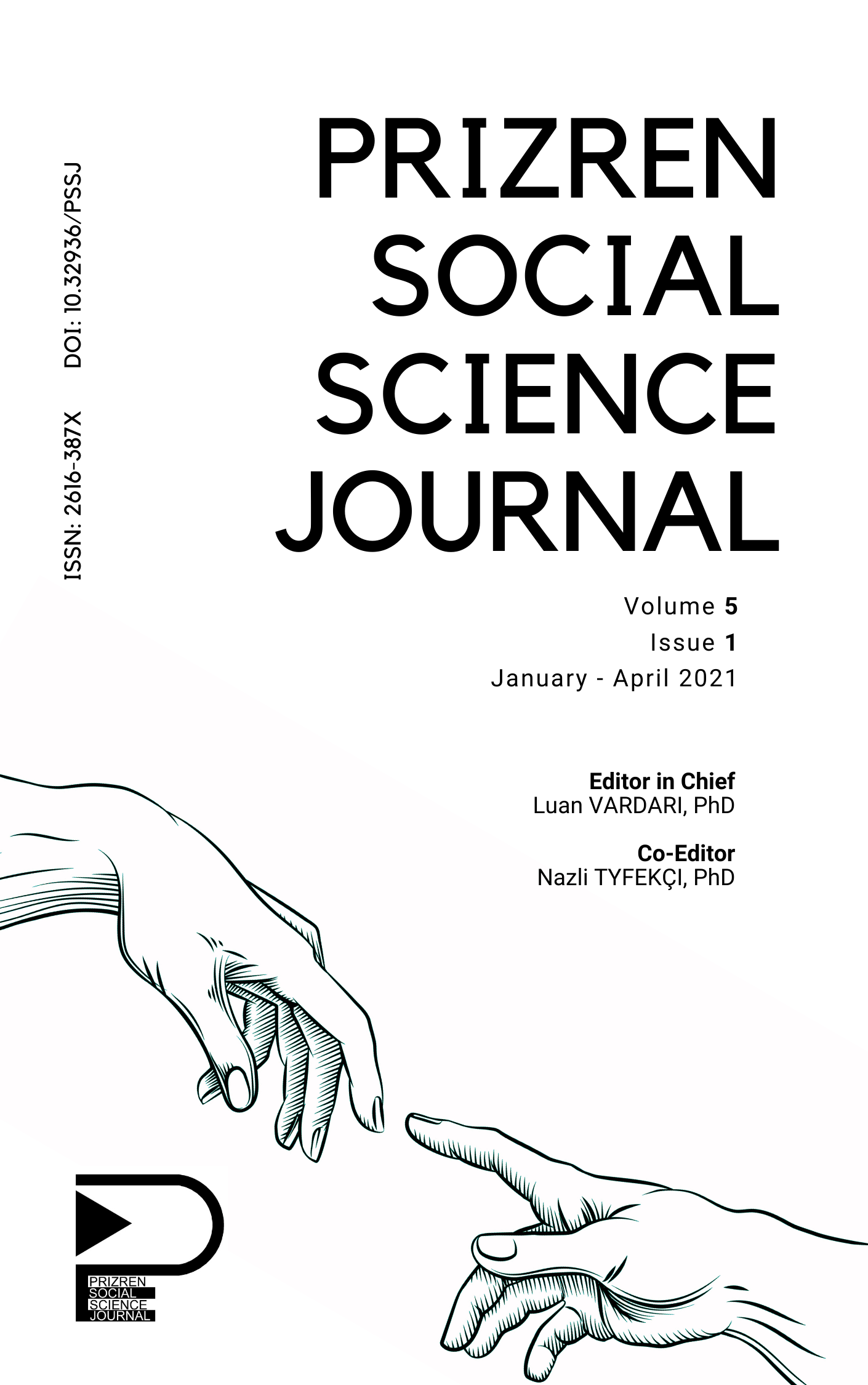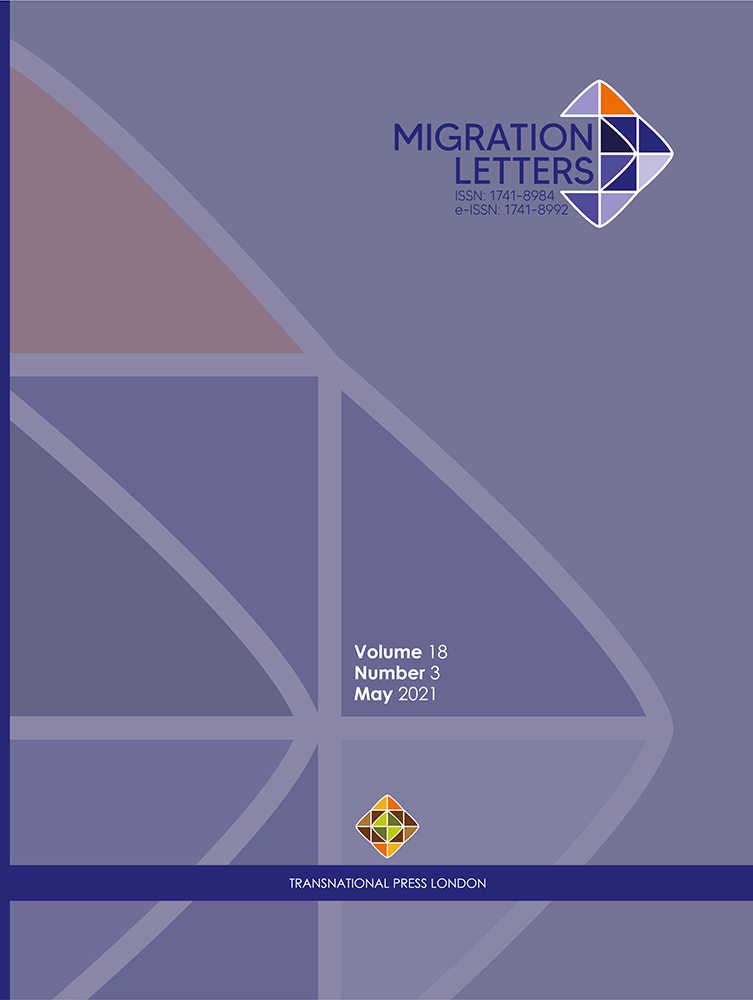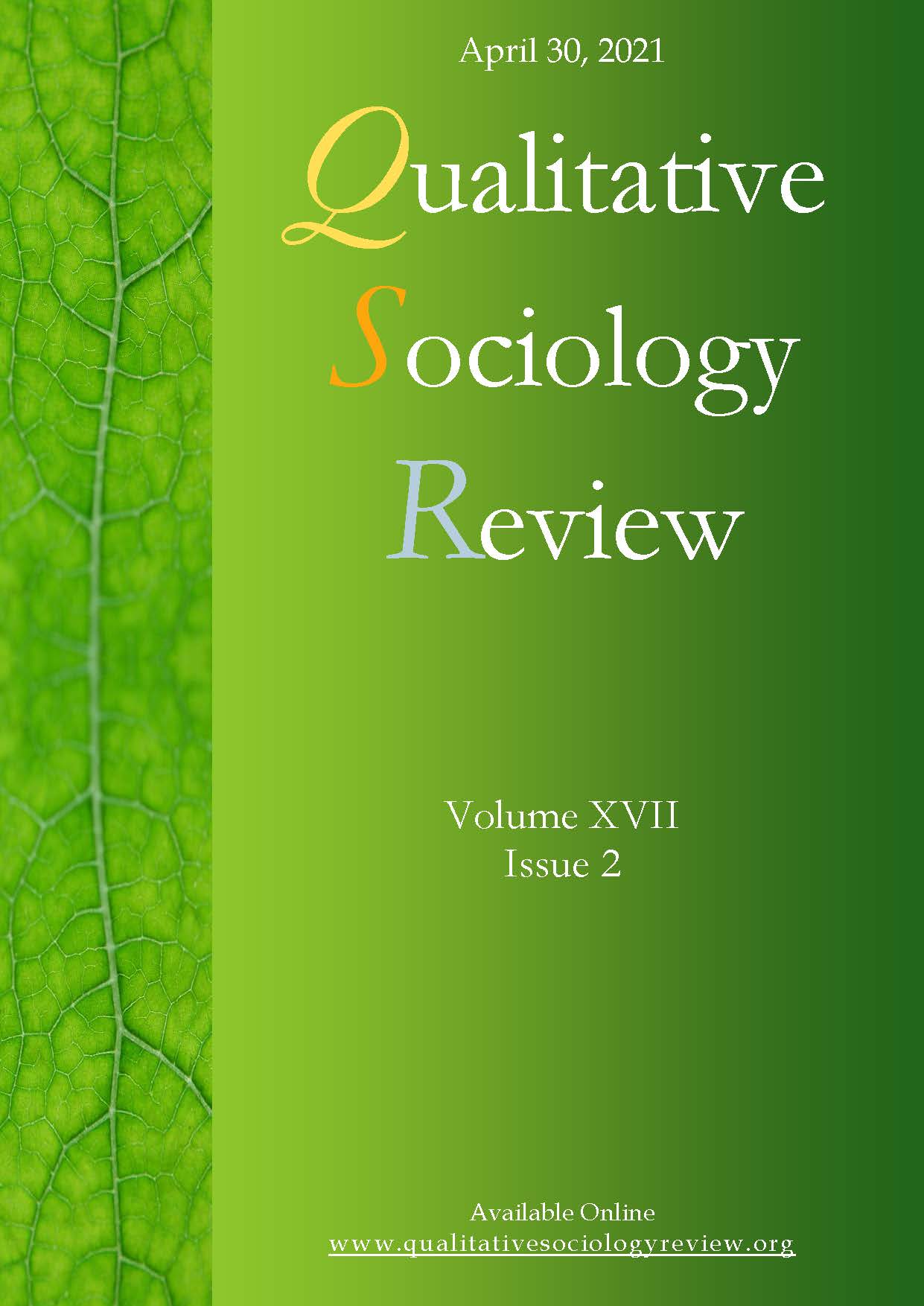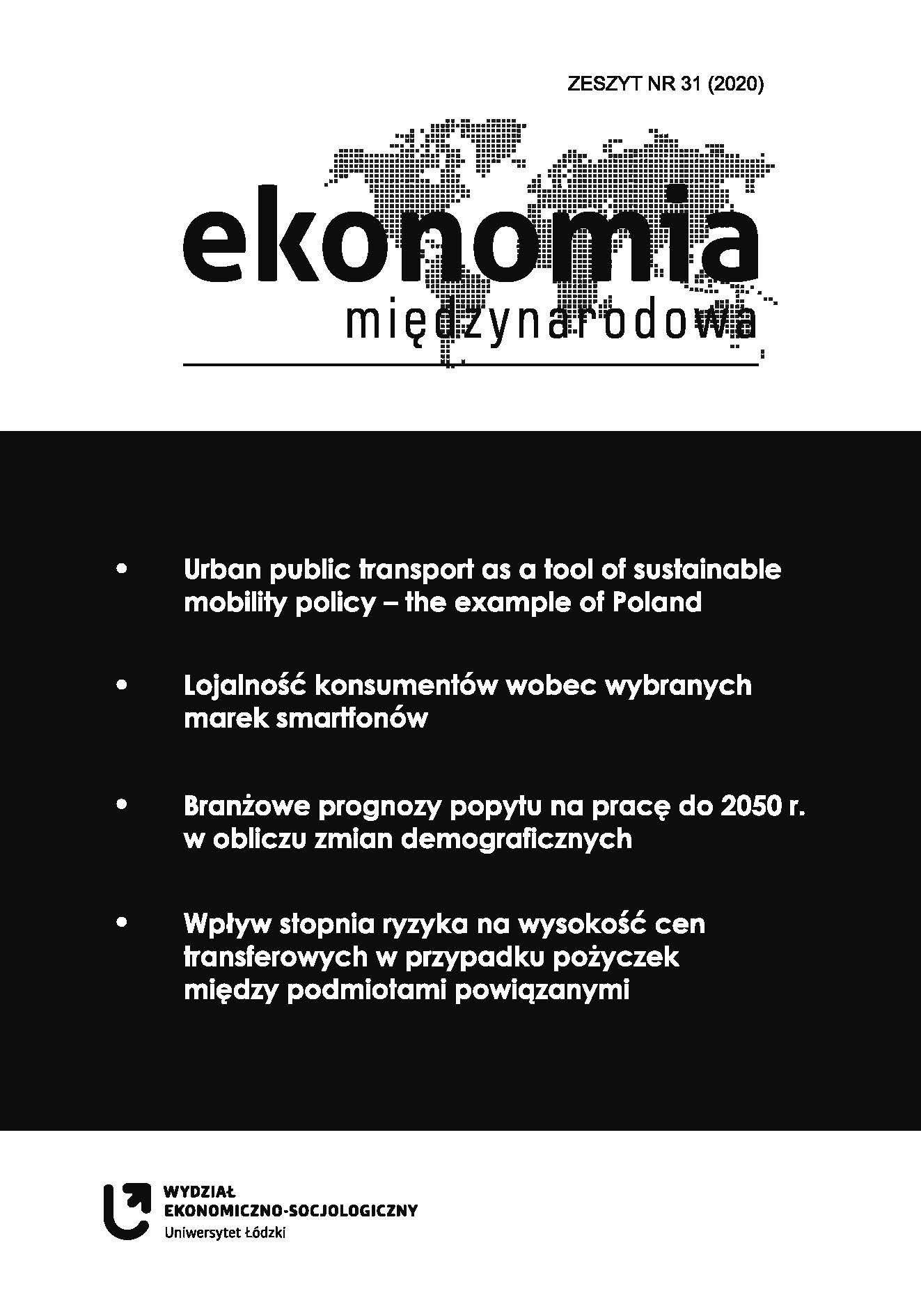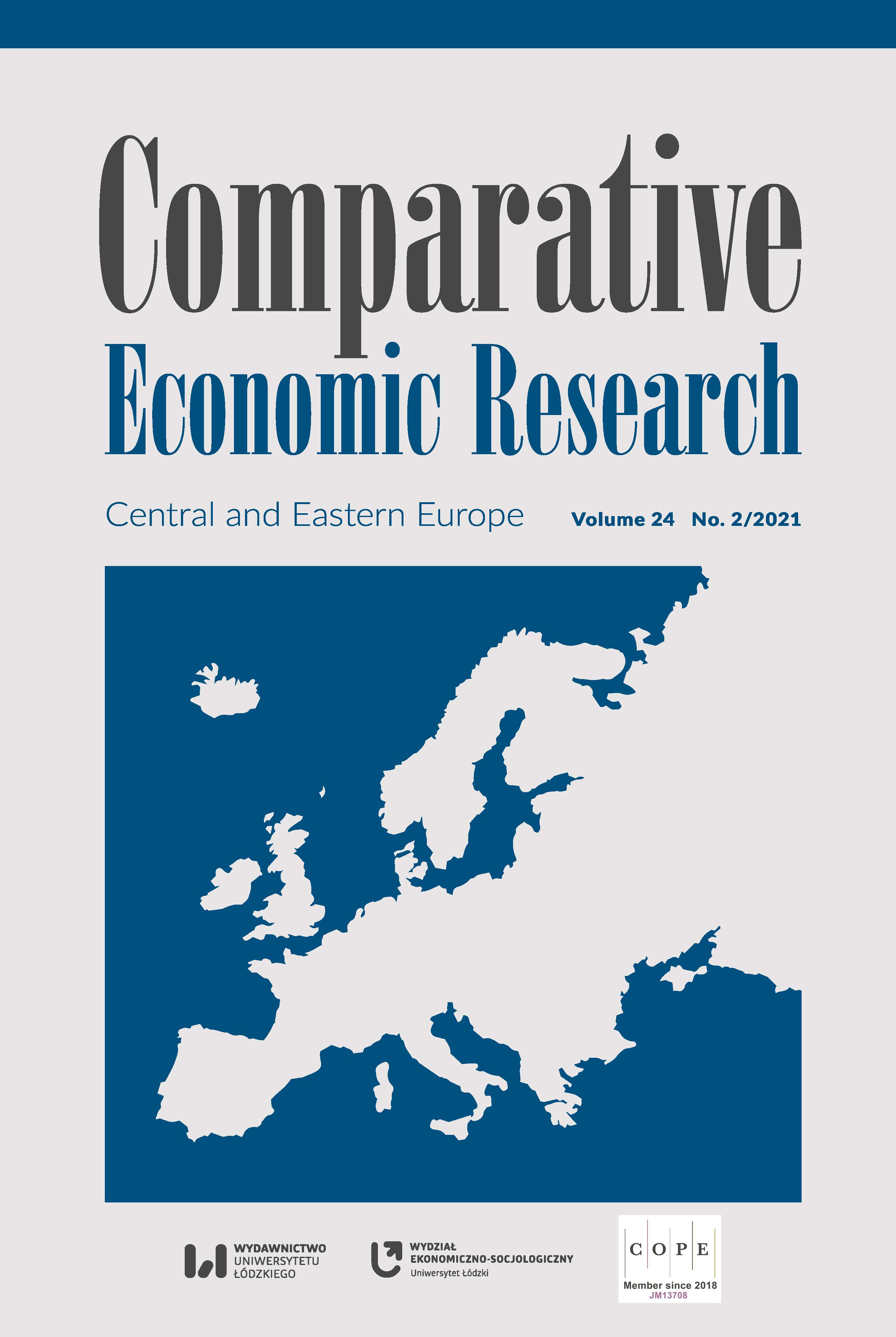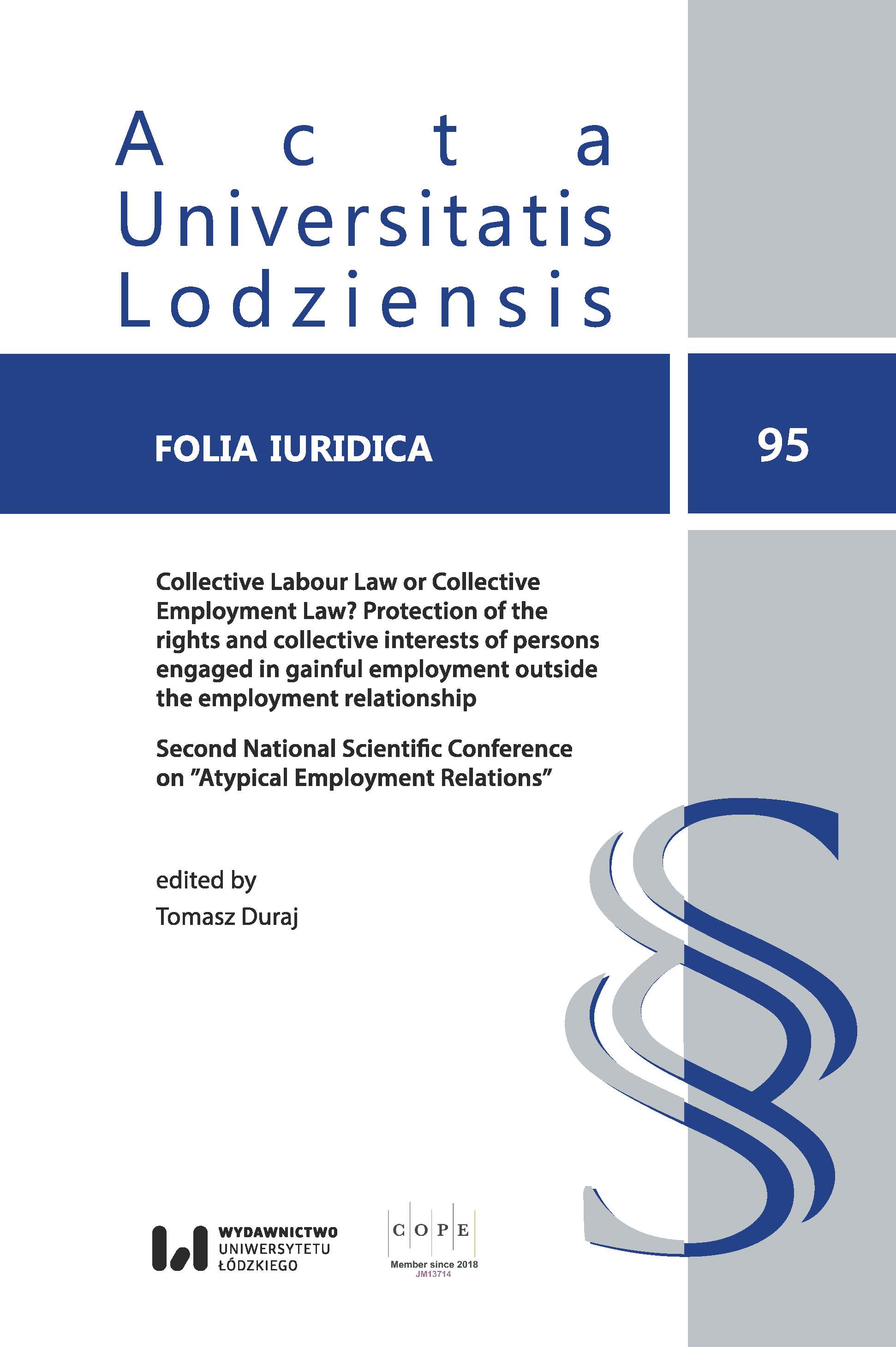Author(s): Hatice Begüm Kamış Aykaç,Selver Özözen Kahraman / Language(s): Turkish
Issue: 1/2021
With the dissolution of the Union of Soviet Socialist Republics (USSR) in 1991, a large unemployed class has emerged in countries that have transitioned to a free market economy due to economic adjustment problems. Especially privatizations and low wage policies increased female unemployment in these countries. Unemployed women in their own countries joined the migration movement in another country to work in jobs based on gender inequality. In the 1980s, with Turkey's transition to a free market economy women have begun to play an active role in business life. As a result of this situation, a search for a new solution has emerged in which they can assign child, elderly and patient care and domestic services, which are attributed to women as the duty of women with a sexist perspective, especially in cities. A variety of domestic and care services loaded to women in Turkey, has started to be transferred to the immigrant women especially from the former CIS countries, as a result of the increase in the elderly population and women employment rate. Within the scope of this research, in-depth and face-to-face interviews were conducted with 18 women immigrants from Azerbaijan, Georgia, Turkmenistan and Uzbekistan, who came to Izmir. With the grounded theory approach, the factors affecting the migration processes of migrant women, their preference and preferability according to their country of origin and their skills were examined. The spatial patterns of this migration movement and the advantages and disadvantages created by the “immigrant, servant, caregiver and female” identities of these women in working and living conditions and the ways to cope with the difficulties they face, estimated length of their stay and their communication with their families have been tried to be determined. Economic, culture and religion, kinship relations and the social - cultural structure of Izmir are seen to be effective in the reasons why women immigrants prefer Turkey and Izmir. the factors that determine the eligibility of women according to the fields they work in are the country they come from and their skills. The high proportion of Izmir's elderly population and the fact that women are more involved in their working lives has increased the workload of these women in domestic services and revealed the need for help. The weakness of public and private support in meeting these needs has led individuals to informal care at home. The most preferred area of immigrant women for domestic services in İzmir is elderly and elderly patient care. Konak, Karşıyaka, Bornova and Balçova, where immigrants work, are the districts where education and income levels are high. The reason for the presence of immigrants in these districts is that individuals at home work and seek help for people in need of care (elderly, sick, children). Although this system continues in bilateral agreement, the informal employment of immigrant women has made them more vulnerable.
More...
